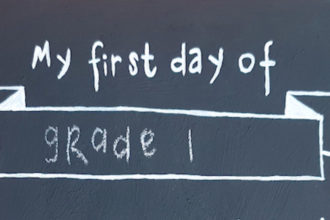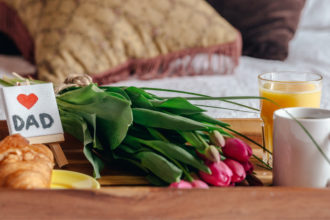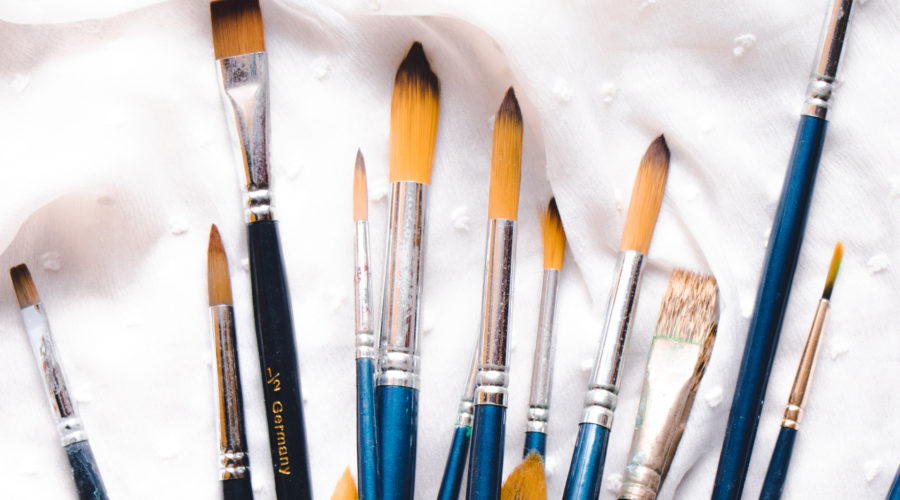
The Beginner’s Guide to Watercolour Brushes
If you’re not a professional painter, or even an experienced self-taught artist, no one could blame you for not being sure what watercolour brushes are best suited for what purpose. But just like a toolkit has an array of tools that are designed to do certain things, different brushes fulfil different functions. Hence why we’ve made you the beginner’s guide to watercolour brushes.
There is a multitude of different brushes. Varying quite a bit in size and shape and purpose. But we want to encourage your artistic journey, so we’ll be focusing on a starter set. Six different brushes to hone your craft on. (And make soulful watercolour paintings!)
You need to keep in mind that the size number we use related to brushes is standardised among most manufacturers.
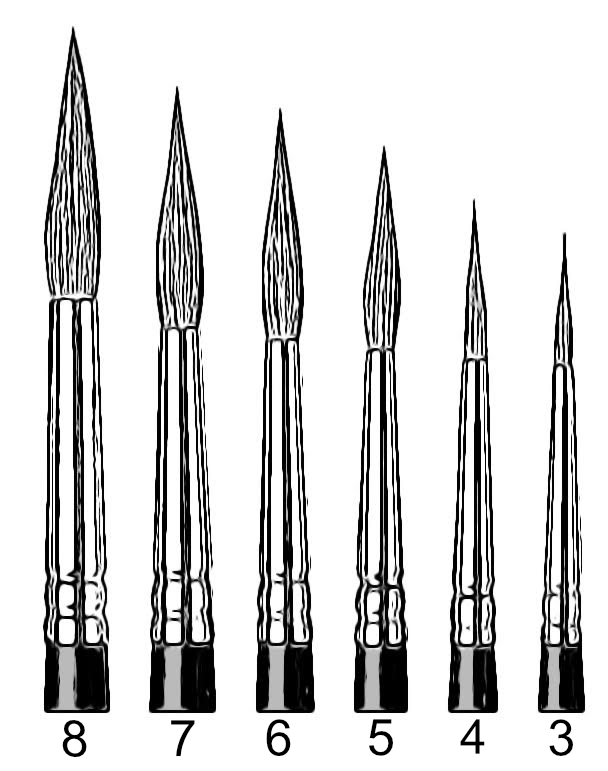
Above we see an array of round brushes from sizes 3 – 8. For your kit, you should ensure you’ve got brush sizes no. 4 and no. 8. Out of all your brushes, you’ll find you use the round brushes most. They’re very versatile for painting watercolours – doing everything from broad strokes to straight edges. If you were stuck with only one type of brush, then the rounds would be it.
However, that would still limit your repertoire, so we’re going to examine a few of the other brushes we want in our beginner watercolour brushes kit.
Flat brushes
You’ll also want a flat brush. See the size comparisons below.
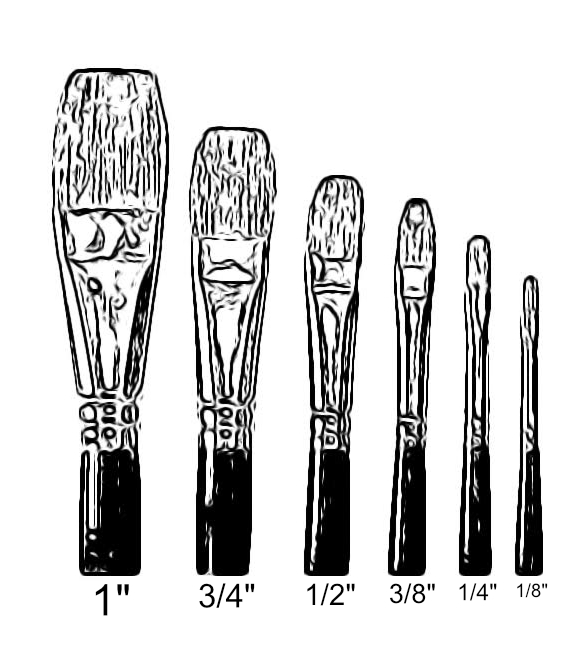
(Even though there are only specific brushes we’re advising to start off with, it’s helpful seeing a size comparison. It helps in other areas of life as well.)
The flat brushes you’re going to want are the largest, i.e the 1”, and one which is half that size, the ½” flat brush. The beauty of flat watercolour brushes is they help you produce excellent straight edges. They also can help block in colour – and with great speed!
There are just two more that you’re going to need now!
The mop brush
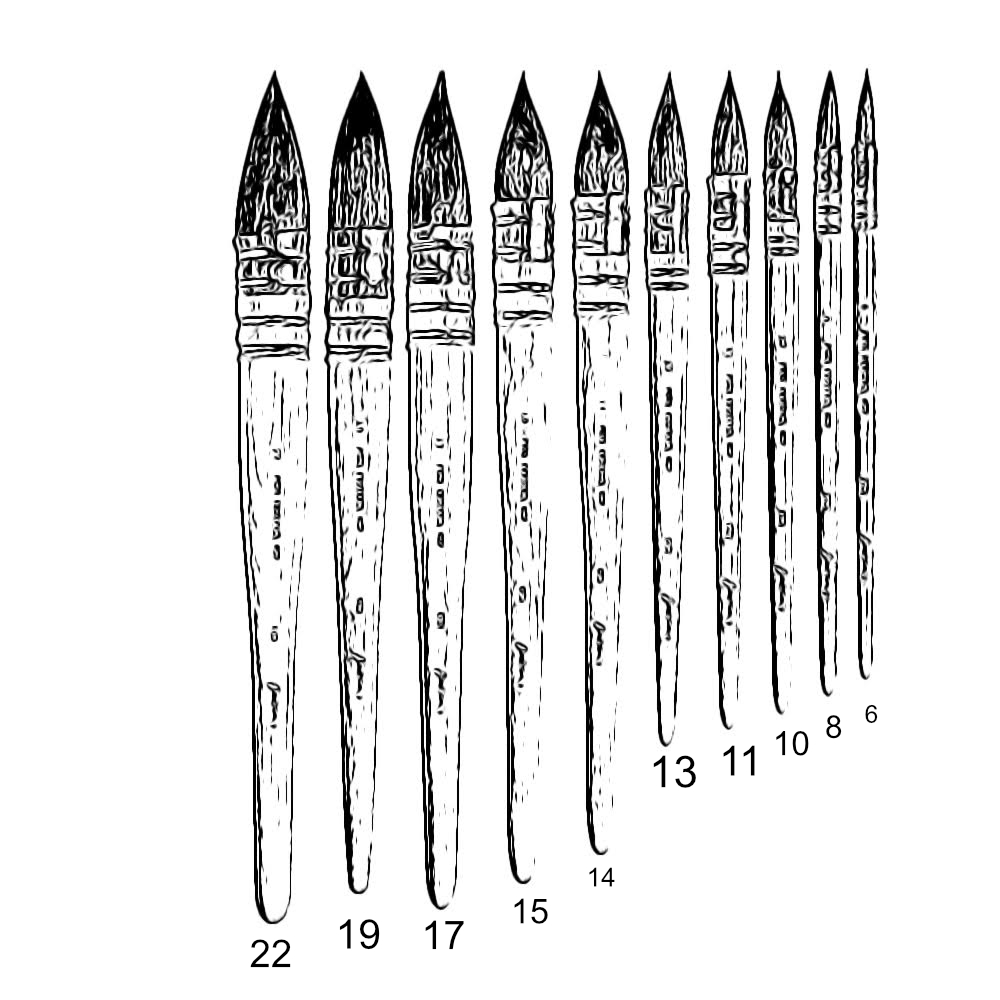
You may have noticed by now that each type of brush has its own unique numbering system! And another name for the Mop brush, as seen above, could be called the “Elvis Presley”! We recommend the smallest one on the list here, the no. 6. It is excellent for beginners and allows you to master the mop brush. A no. 6 is ideal for pin-point detail, wet paint on wet paint (such as when you’re blending) and also long stroke painting.
The Rigger Brush

The Rigger brush is called this because it was initially used by the watercolour artists of old to paint the riggings of ships. This was back in the Age of Sails, the age where riggings were thick intricate ropes attached to pulleys, and the like. Rigger brushes are identified by their very slim form, thin and long bristles. They are used for the most intricate of details you may be painting – such as the individual eyelashes of a lady whose portrait you are painting. They have an odd numbering system, which goes 00000, 000, 00, 0, 1, 2, 4, 6.
You’re going to want a no. 1 to start off with.
Riggers are also great for textures such as the surface of rocks.
That’s what you need to get started.
You can find these brushes and kits at your nearest PNA. Remember to always use a watercolour-specific paper (canvas is not ideal for watercolour paint).
We’ll be going into some detail later this month in how to actually start watercolour painting. For now, get your kit and start experimenting! The most important thing is to have fun – these six brushes will also allow you to begin developing confidence in your own abilities. We hope you’ve enjoyed the beginner’s guide to watercolour brushes.

